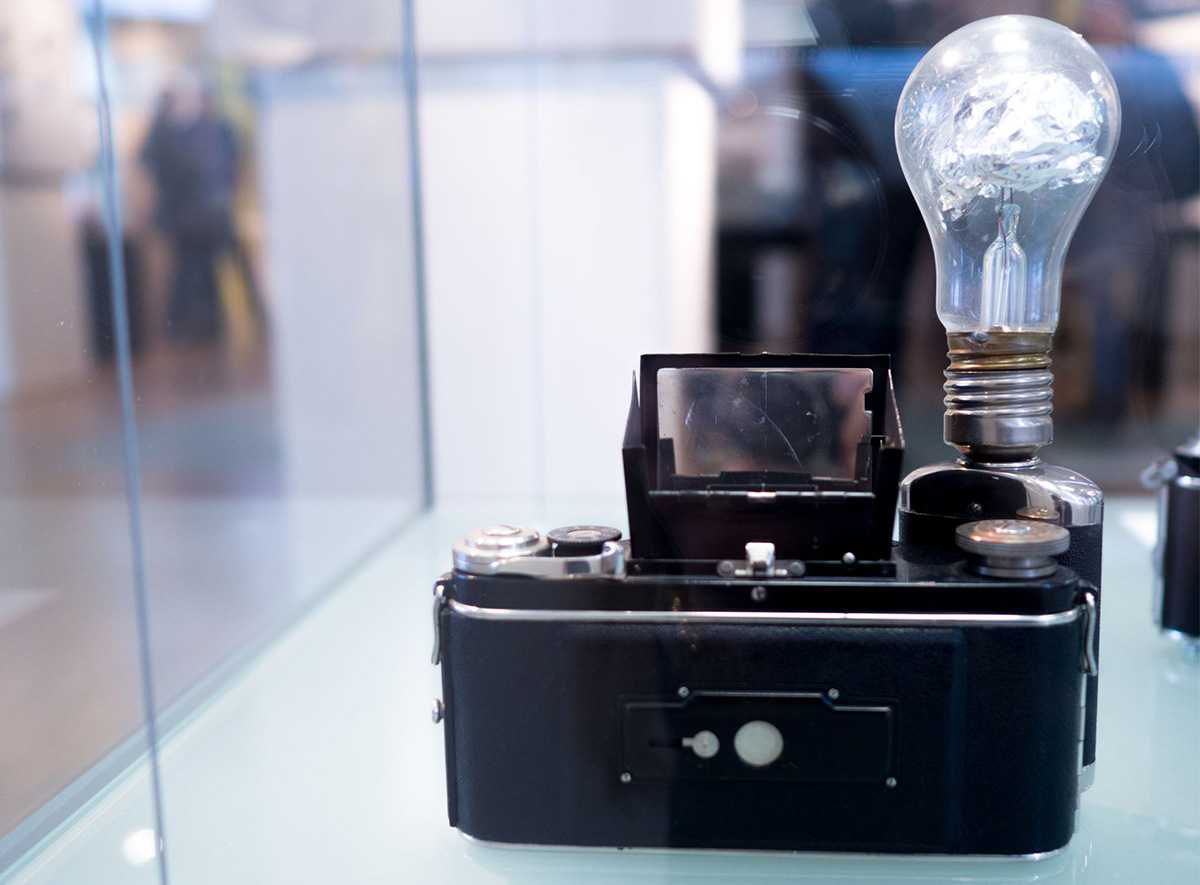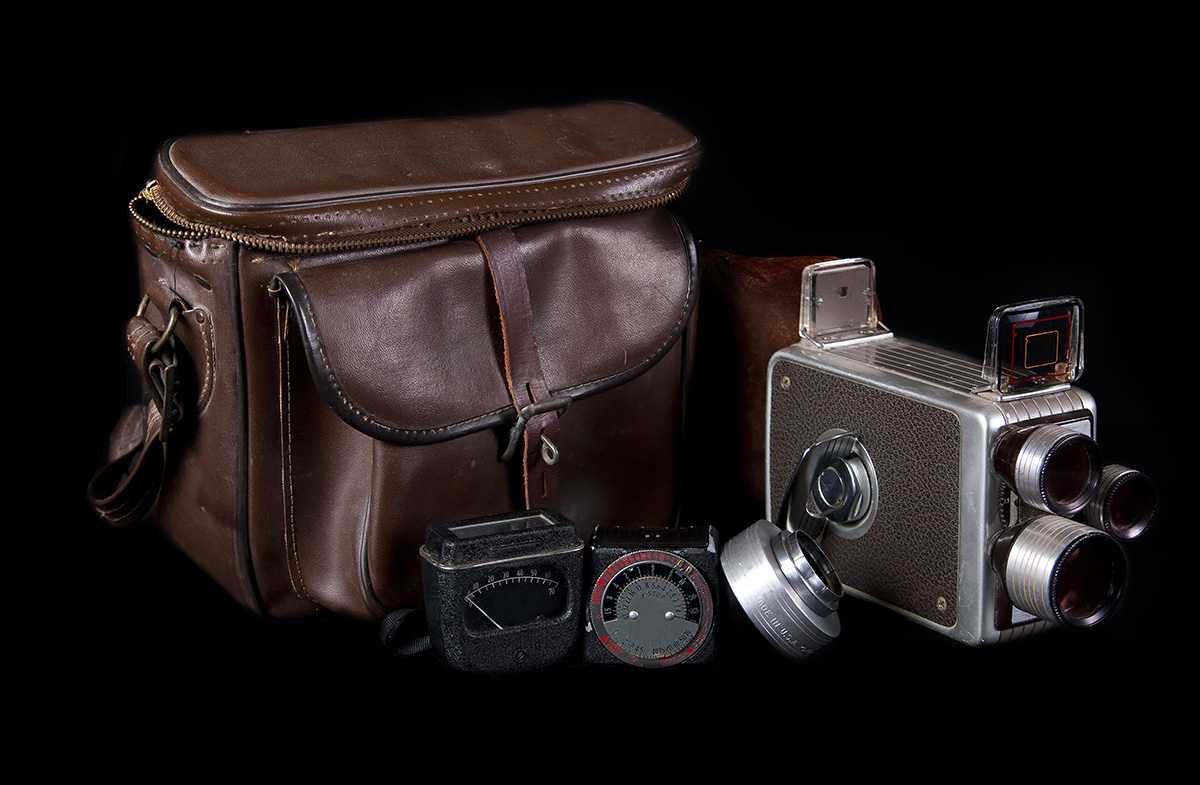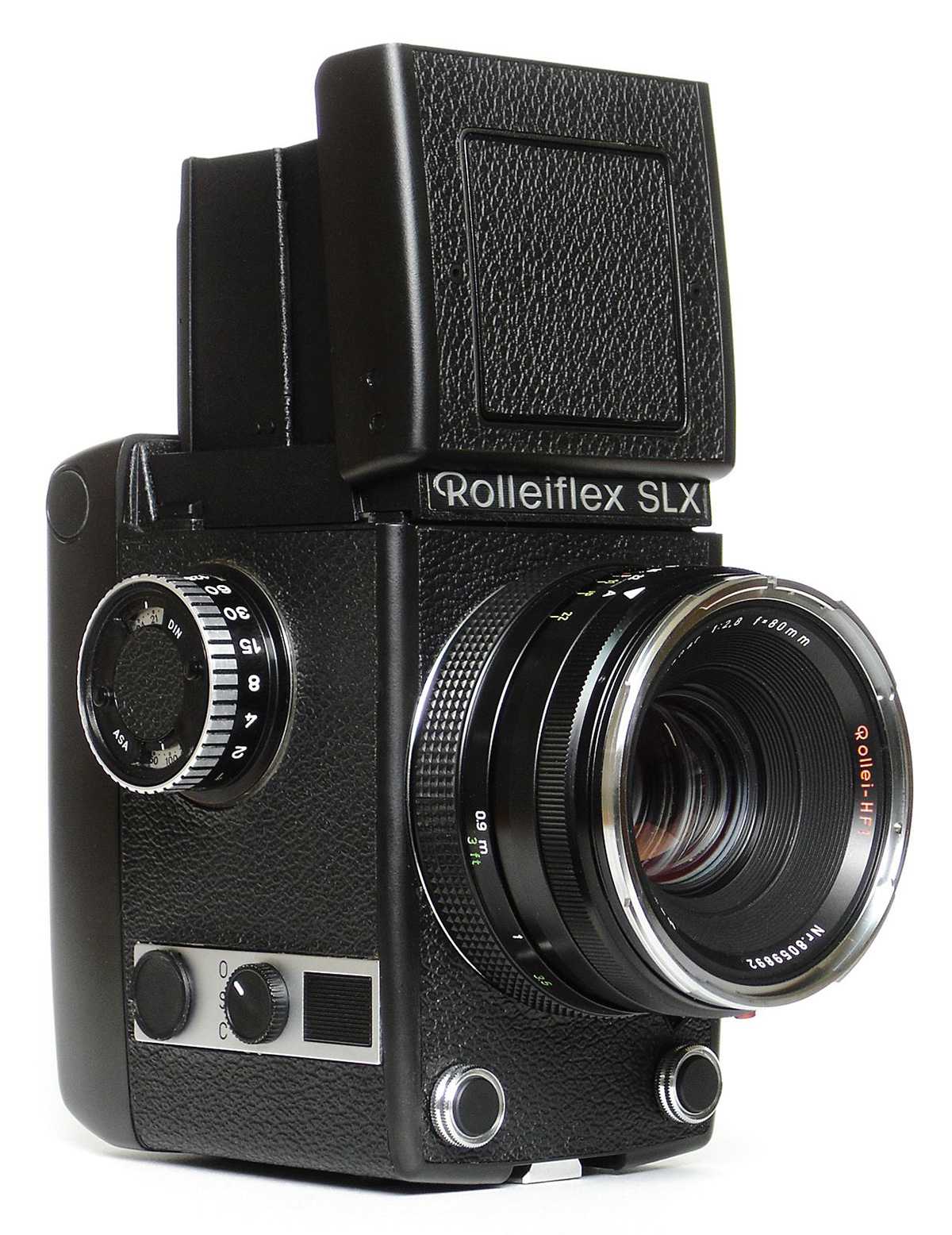
The History of Photography - Part 5:
The Single Lens Reflex Camera
The development of the single lens reflex camera (SLR) that we all know and love today took over 320 years to complete. During this time, the camera continued to advance technologically and its operation was made more and more user-friendly. Many personalities were behind the development of the SLR. The SLR is a camera that has a foldable mirror etween the lens and the image plane. Before pressing the shutter release, the image is first reversely mirrored onto a focusing screen, which normally lies horizontally.
In the fifth part of our “History of Photography” series, you’ll learn more about the development and implementation of the single lens reflex camera.
The Development of the Single Lens Reflex Camera
The principle of specular reflexion, which is what the SLR utilises, was first described by the optician Johann Zahn in 1686. This is the first milestone during the development of the SLR which took many decades to complete and more and more people had a hand in its development over the years. It took about 150 more years until the first SLR camera could be manufactured.
Johann Zahn demonstrated how an image could be diverted and viewed with the help of mirrors and lenses. Thus began the start of the development of one of the first SLR cameras in the year 1861 by the English photographer Thomas Sutton. In 1893, designs for an interchangeable lens were patented, which was another benchmark that helped move along the development of the SLR. Shortly thereafter, the first German camera of this type came about. The Zeus-Spiegel-Kamera (Zeus Mirror Camera) was created in Richard Hütting’s factory located in Dresden, Germany.
One of the first SLR’s with a folding mechanism was created in the year 1895. Fritz Kricheldorff, who was a German photographer, developed it under the name of “Spiegel-Reflex-Klappcamera” (German for mirror-reflex-folding camera) and applied for a patent for his creation in 1910.
Finally, the first 35mm film SLR camera in the world was developed by the company Ihagee in Dresden, Germany. In 1936, the camera, called the “Kine Exakta,” was presented to the general public at the Leipzig Spring Trade Fair. The designer of this instant sensation was a native of Dresden: Karl Nüchterlein. When using the camera, however, it was not possible to view the image through the viewfinder without it being reversed. Only after the invention of the roof prism by Kurt Staudinger in 1931 did the next development come along. On the 23rd of August, 1943, it first became possible to look at a non-reversed and upright image through the viewfinder at eye-level and take the picture. This development was made thanks to the efforts of the Hungarian Jenő Dulovits, who also devised one of the first 35mm film Single Lens Reflex cameras, the “Duflex.” Thanks to the first use of an instant return mirror, this camera made it possible to see the viewfinder image immediately after snapping the shot.
Realistic Photographs for Everyone
The SLR really began to establish itself in the 1950’s. In the Single Lens Reflex Camera, the entry of light is reflected in the viewfinder, from which the photographer is able to get the first impression of how the photograph will look like after development. The inverting mirror folds to the side when the shutter release is pressed in order to allow the light to expose the film. Together with the development of colour film by Agfa in 1936, it was now possible for everyone to snap realistic photographs of their surroundings.

The “Electrifying” 1960’s
The development of the SLR camera in the 1950’s was an important milestone in the history of photography. However, technology did not stop making progressions there. In the 1960’s, scientists and inventors continued to strive to make more technological advancements. The constant improvement and optimisation of the technology as well as the implementation of more electronic components made it more and more comfortable to use the camera over the years. That’s why the 1960’s are seen as an important time for electronics and automation. Over the course of time, advancements made during this period would continue to gain importance.
In 1963, another milestone revolutionised the world of photography. The company Canon presented the first-ever camera with an automatic focus. About 10 years later, the company Rollei created the first-ever fully-automatic camera that made it possible to either manually or automatically adjust the shutter speed, aperture, and focus. In 1973, the Rolleiflex SLX was presented to selected journalists in a factory in Singapore and then presented at the Photokina in 1974. They were first mass-produced, however, beginning in 1976. Since this model had several shortcomings that needed to be resolved, a re-worked version of the Rolleiflex SLX came to market in 1978. These developments in camera electronics have been making photographers’ lives easier ever since.

Developments continue from the digital photo to the instant picture. In the sixth part of our series, you’ll learn everything there is to know about the classic Polaroid camera.
